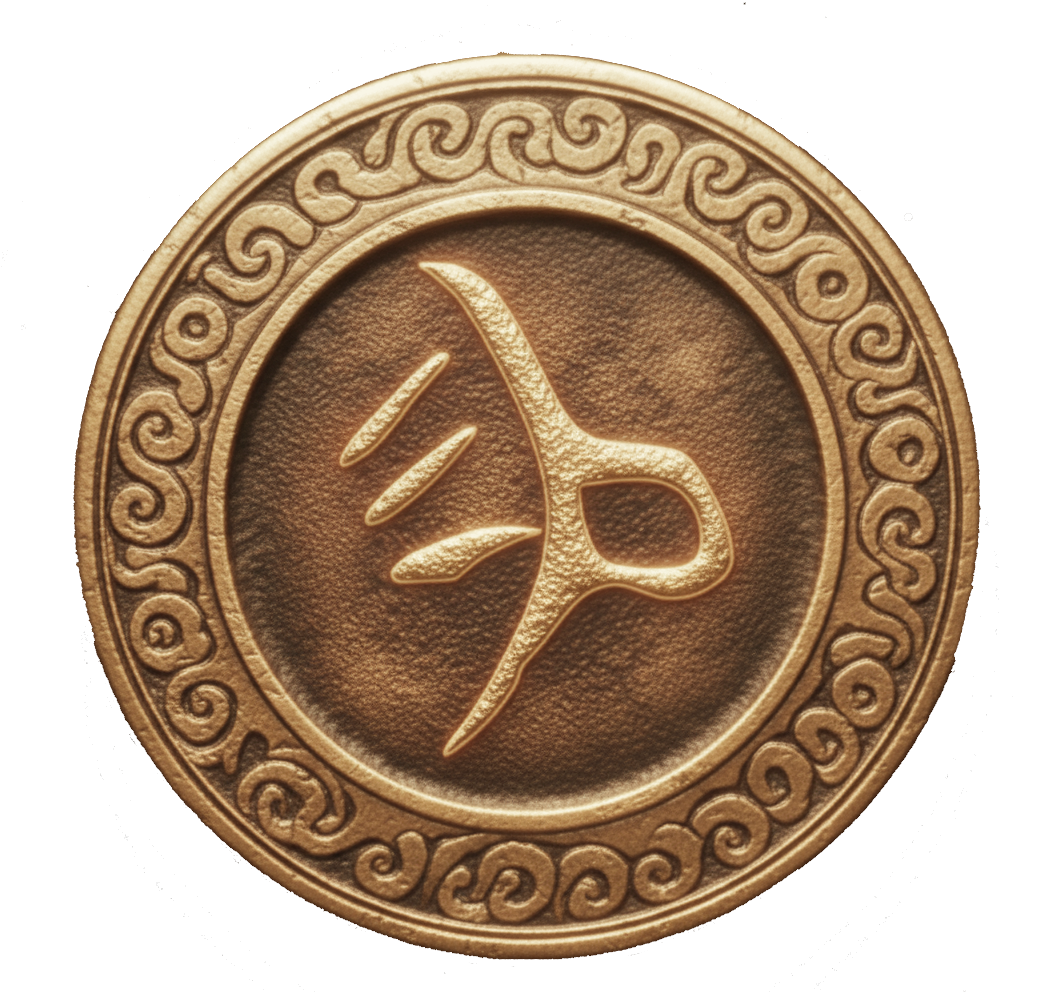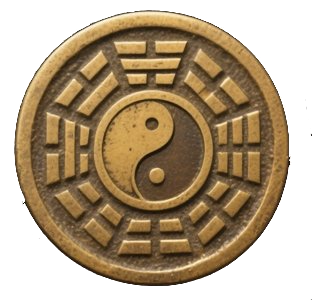Guide
What is HexaPath?
Unlock ancient wisdom with HexaPath. Our platform provides seamless I Ching (易经) divination and insightful, personalized interpretations to guide your path toward clarity and self-discovery.
The I Ching, or Book of Changes, is a timeless oracle built upon a system of 64 unique hexagrams. Divination is the art of consulting this oracle to gain profound perspective on your questions and navigate life's complexities with confidence.
A Bridge to the Western Mind
The I Ching's value as a tool for introspection has been recognized by profound thinkers, including the renowned psychologist Carl Jung, who spent over 20 years studying this ancient wisdom.
What is a Hexagram?
A hexagram is a figure composed of six stacked horizontal lines, each either a solid (Yang) or a broken (Yin) line. It represents a state, a situation, or a dynamic process.
Often, a divination yields two hexagrams: a Base Hexagram and a Changed Hexagram. The Base Hexagram reflects your current situation, while the Changed Hexagram shows the potential outcome or future direction.
Base Hexagram
Represents the present situation (e.g., 革 Ge).
Changed Hexagram
Indicates the future tendency (e.g., 咸 Xian).
What is a Line?
Each hexagram consists of six lines, which are the fundamental building blocks of the I Ching. They represent the dualistic forces of Yin (the receptive) and Yang (the creative).
Yin Line
A broken line, representing receptivity, passivity, and the feminine principle.
Yang Line
A solid line, representing creativity, activity, and the masculine principle.
The Coin Toss Method
The most common method uses three coins. A toss resulting in a total value of 7 or 8 creates a stable, "static" line. A value of 6 or 9 creates a dynamic, "changing" line, which is key to forming the Changed Hexagram.

Head (Value: 3)

Tail (Value: 2)